In search of fort Rajewski. 1 part
The same inattention of the capital had an effect on the personnel of the garrisons, which was insufficient for a full-fledged defense against superior enemy forces. Service in these fortifications was equated to exile because of the terrible conditions and the danger of every minute. At the same time, heroes forged in the Caucasus often aroused later suspicions from a “decent public”. Thus, in separate forts, almost weekly exchanges of fire led from one hundred and fifty fighters to 3-4's mouth. This fact was also influenced by the bad supply, more defenders just physically could not be fed.
View from the mountains to the Anapa Valley
Thus, when the mountain leaders could gather from five hundred to several thousand Circassians under arms, and even thanks to the Turks and the European "allies", arm them not only with small arms. weapons, but also by artillery, starting with the falcontes, then it was simply mean to talk about the inaction of the garrisons. Holding the outposts of the empire itself became a feat.
And there were quite a few fortifications up to the tragedy of the Crimea and the removal of all the garrisons: Nikolaev and Novorossiysk, Kabardin and Navaginsk, Tenginsk and Mikhailovsk, Gelendzhik and Novotroitsk, etc. Some of them have sunk into oblivion, leaving their feat unknown as a battle of the Nikolaev fort, which can only be judged by the ruins of fortifications, because the garrison was completely destroyed by the mountaineers. Others have become famous all over Russia thanks to brave ones like Arkhip Osipov from the Mikhailovsky Fortification.
But turn to stories little-known fortifications, with intermediate status. It was located on the Maskaga River (another Adyge name is often on the maps — Meskaga), and it was often called Fort Rayevsky (or Rayevsky Fort).
Initially, the need for the construction of the fort was due to several factors. First, the new fortification was supposed to prevent the Natukhai raids on the Kuban villages and Black Sea coast, i.e. territory on the right side of the river Kuban. Therefore, the fort eventually settled just in the inhospitable lands of the Natukhay Adygs. Secondly, the strategic road between Anapa and the Novorossiysk fortification demanded constant protection during the movement of troops and cargo.
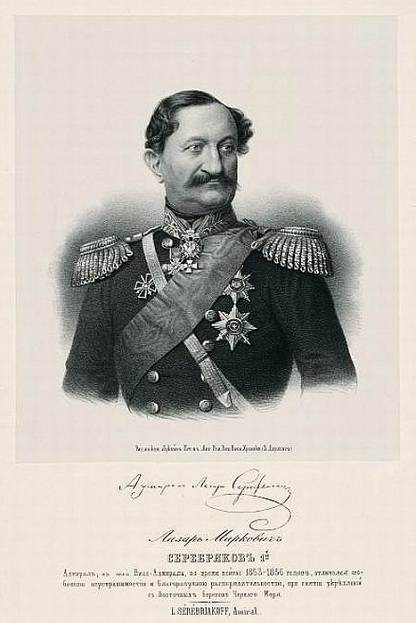
Lazar Serebryakov
The place for the new fort was chosen by Lazar Serebryakov himself, appointed head of the first branch of the Black Sea coastline in 1838. He also took the liberty to name a new fortification in honor of his brother-in-arms Nikolai Rajewski.
Only decades later it turns out that the Raevsky fort was a kind of descendant of much more ancient fortifications. The first archaeologists at the end of the 19 century found in the area the remains of an ancient fortress, wondering why the Turks call this area, in some places similar to the ancient settlement, Nagai-Kale (“Kale” means a fortress). And in 2011, Russian archaeologists near the village of Rayevskaya will dig up part of a stone watchtower, presumably from the Roman period. These structures, also supposedly served the same purposes as the fort Rayevsky after them - the protection of strategic paths.
The fort was located on the southern outskirts of the Anapa Valley, i.e. almost in the foothills of the spurs of the North Caucasus, not far from the small river Maskaga (now 2-5 m wide depending on the season) with a low but steep bank. The fortification stood on a somewhat elevated plateau relative to the valley, which became an additional argument in the defense. Now this place is located a kilometer east of the outskirts of the village of Rayevskaya, next to the dirt road (a branch of the envelope of the village), turning in the direction of the village of Verkhnebakansky. But about the location with photos of the area and elements of the embankment fortifications will take a look later.
But who exactly built the fort on Maskage? Oddly enough, Rayevsky's squad. So, in the published materials of the Novorossiysk Museum there is a letter from 7 of September 1839 of Lazar Serebryakov to admiral Alexander Menshikov: “General Rajewski four days ago landed troops in Anapa to build a fortification on Maskage ... In Anapa, another cavalry Cossack regiment will join his unit. Behind all this, 2500 is unlikely to have a man under arms. And the strengthening not earlier than deep autumn can finish, and autumn earthworks are very fragile. ”
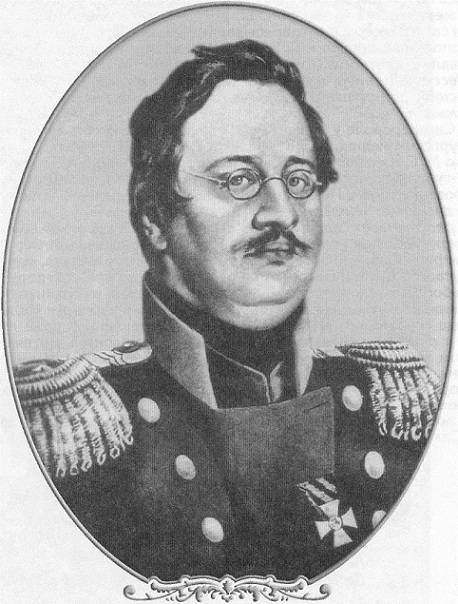
Nikolay Raevsky
The phrase “hardly” in this case is by no means an indicator of weakness, lack of confidence in the troops or an attempt to “fill the price” for a march to the southern outskirts of the Anapa Valley. The fact is that in the best of times, the mountaineers could collect, according to various estimates, from 100 to 200 thousands of fighters, but although these times for the 30-40 years of the 19 century passed, systematic attacks in groups from 500 to 3000 bayonets were the norm. At the same time, the Circassians perfectly orientated themselves on the territory, had escape routes and natural bases in the form of numerous villages.
The reports of the commander of the Separate Caucasus Corps and the governor in the Caucasus, General of Infantry Yevgeny Alexandrovich Golovin also mentioned a fort on the Maskaga River: “In 1839, only one detachment of Lieutenant General N.N. Raevsky, which was intended to erect two coastal fortifications: one at the Subashi River (now the Shah River), and the other at the Psezuapse River and another intermediate between Anapa and Novorossiysk ”.
In the reports from December 2 1839 of the same Golovin it follows that, "according to the designs of Your Imperial Majesty," by that time fortifications were built in Novorossiysk, Veliyaminov fortification, Tenginskoe, Navaginskoe at Subashi, the fort at Psezuapse and the intermediate fort at Maskage.
Behind dry reports and dates, in fact, lies the hard labor of hundreds of people who erected both the fortifications themselves and those who defended them from raids during construction and after. The Cossacks and the soldiers of the glorious Tenginsky regiment, whom Rajevsky had welcomed, were biting into the ground at that time unfriendly.
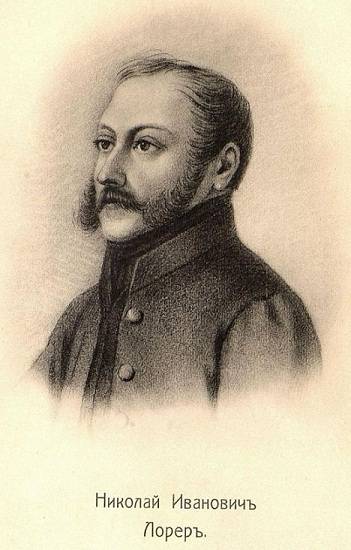
Nikolai Ivanovich Lorer, a Decembrist, a participant in 1812-14 military campaigns, an optimist, romanticist and a member of many secret societies, was among the builders and first fortifications, for which, naturally, after being sent to Siberia, was transferred to the Caucasus in the Tenginsky regiment. For the hard fall of 1839, he left the following memories:
Towards evening we arrived at the elevated plateau and stopped to build a new fort. Since it was September in the courtyard, it was quite a bit freezing at night ... We were chilly and shivering from the cold, and Rayevsky fort grew and grew little by little.
Some kind of despondency, apathy bored us, and we were thirsting for at least a shootout, and even it was not there. There is no music in the camp, no peselnikov, can not see the card game and booze. And only Danzas, always cheerful, will make us laugh. But as everything has its end, we waited for the return trip ... to Anapa. Rajewski released the guards to St. Petersburg, the 6-month expedition is over. "
There should clarify a couple of details. Firstly, the one mentioned by Lorer Danzas is Konstantin Karlovich Danzas, at that moment a lieutenant colonel and was sentenced to two months in the Peter and Paul Fortress for participating in a duel between Dantes and Pushkin as the second of the latter. After his release, he served in St. Petersburg, but soon quarreled with his superiors and was sent to the Tengin regiment in the Caucasus. Together with Rajewski he participated in landings at the mouth of the Subashi (Shah) and Psezuapse. According to the memoirs of contemporaries, showed reckless courage, as if he was looking for bullets.
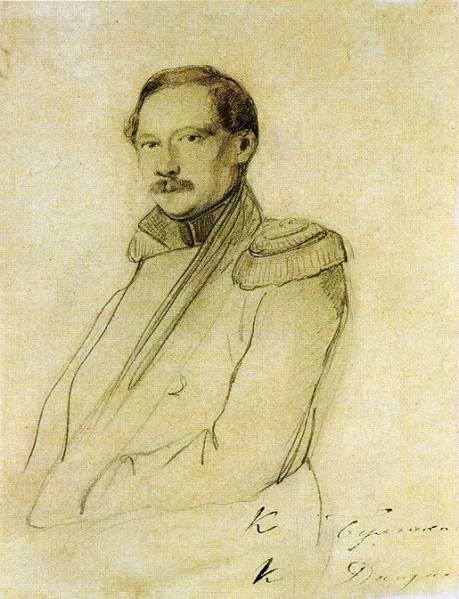
Konstantin Danzas
Secondly, the 6-month expedition, about which Lorer wrote, actually lasted a little longer. It started in the second half of April 1839 in Taman. On the ships of the Black Sea fleet troops went to the mouth of Subashi and reached it on May 2. The next landing was carried out at the mouth of Psezuapse already on July 7, where after the battles, as on Subashi, a fort was erected. In general, the official laying of Fort Raevsky on September 11, 1839 was the crown of a tiring and extremely dangerous campaign.
To be continued ...
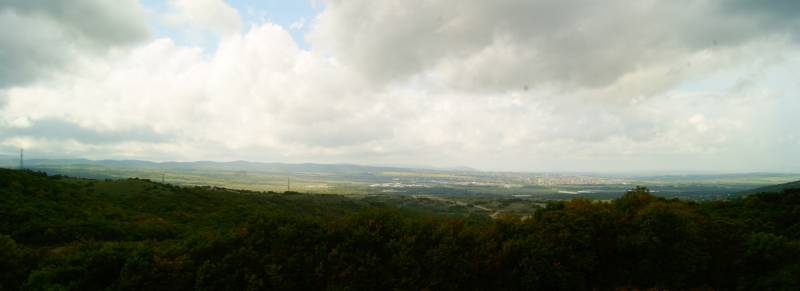
Information